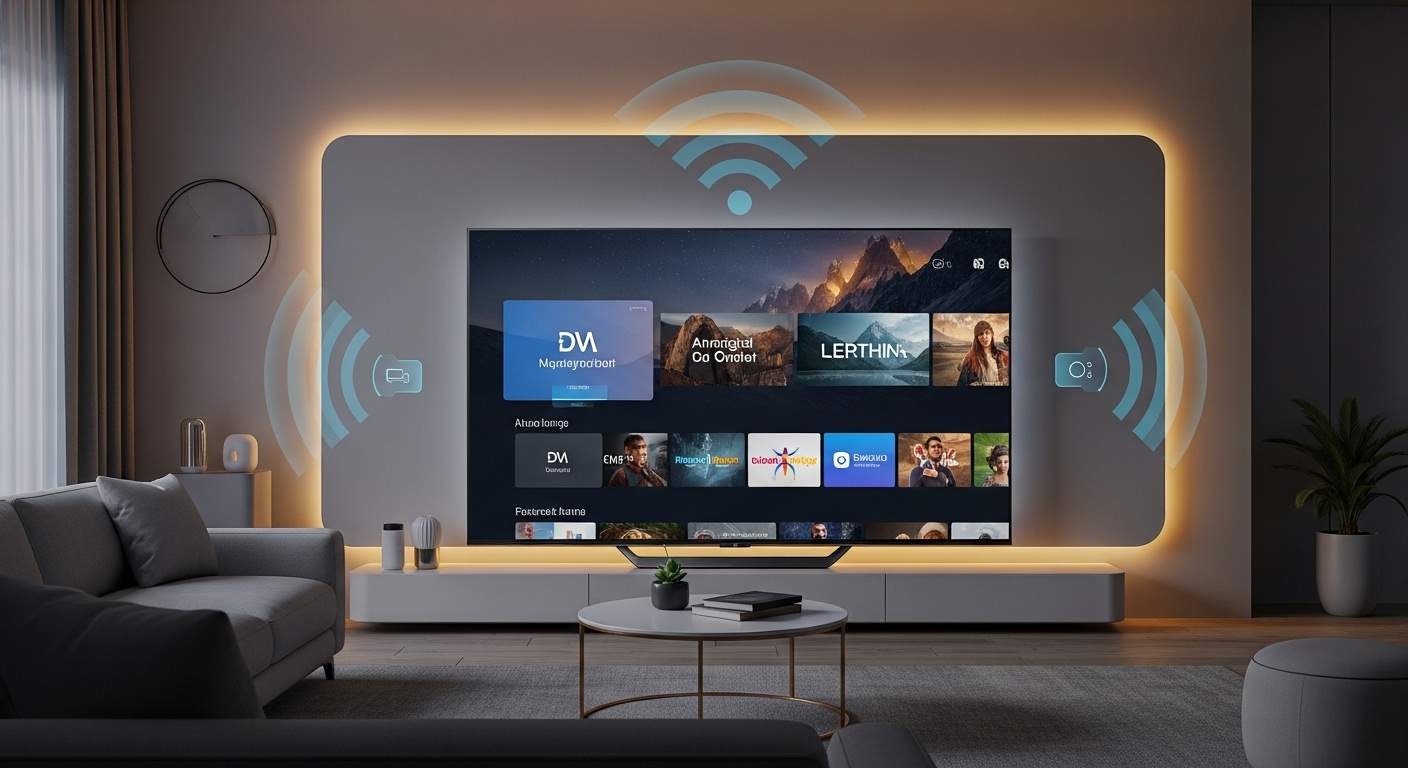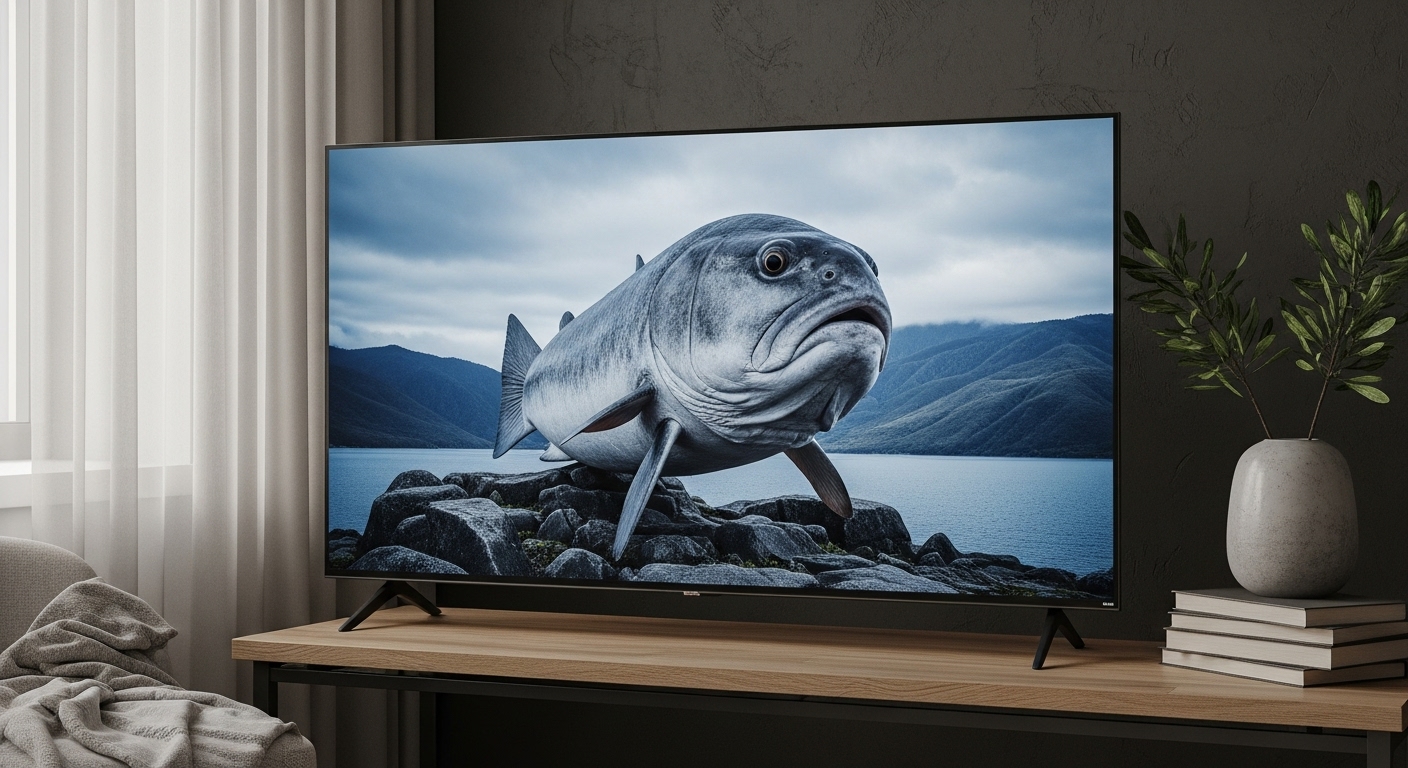For decades, the television set was the undisputed king of the living room – a glowing box around which families gathered for news, entertainment, and shared cultural moments. While the core concept of transmitting moving images and sound remains, the definition of “television” in 2025 has expanded far beyond a single device or a fixed broadcast schedule. Today, television is a dynamic, personalized, and increasingly interactive portal to a world of content, constantly adapting to how we live, work, and consume.
A Legacy of Innovation: From Mechanical Scanners to Digital Displays
The journey of television is a testament to relentless technological advancement:
- Early Days (1920s-1940s): Pioneering inventors like John Logie Baird (mechanical) and Philo Farnsworth (electronic) laid the groundwork. Early broadcasts were experimental, black and white, and limited in reach.
- The Golden Age (1950s-1970s): Post-WWII, television exploded in popularity. The introduction of color television in the 1950s (though it became standard later) and the widespread adoption of cable TV in the 1970s dramatically increased content options and viewership.
- Digital Revolution (1980s-2000s): The development of High Definition Television (HDTV) in the 1980s (and its FCC acceptance in 1996) offered vastly superior picture quality. The turn of the millennium saw the transition from analog to digital signals, laying the foundation for modern broadcasting.
- The Flat-Panel Era (2000s-Present): Bulky Cathode Ray Tube (CRT) TVs gave way to sleeker LCD, LED, and later OLED displays, offering thinner profiles, larger screens, and incredible picture clarity, including 4K and 8K resolutions.
Television in Pakistan: A Journey of Growth and Adaptation
Television arrived in Pakistan relatively early, with the establishment of pilot stations in Lahore and Dhaka (then East Pakistan) in 1964 under the Pakistan Television Corporation (PTV). Initially envisioned for educational and social development, PTV quickly expanded its reach, bringing news, dramas, and entertainment to the masses. Color television was introduced in Pakistan in 1976.
The landscape dramatically changed with the emergence of private channels in the 1990s, starting with STN (Shalimar Television Network), and accelerating significantly after 2002. Today, Pakistan boasts a vibrant and competitive television industry with over 100 channels, from news powerhouses like Geo News and ARY News to entertainment giants like ARY Digital, Geo Entertainment, and Hum TV, and newer entrants like Green Entertainment gaining significant market share. While cricket often dominates sports viewership, entertainment and news channels consistently hold the largest share of the audience in Pakistan, especially among different socio-economic classes.
The Modern Television Experience: Key Trends in 2025
Today, “television” isn’t just a broadcast; it’s an ecosystem shaped by technological convergence and shifting consumer habits:
- The Rise of Streaming (OTT/Connected TV): This is the most significant trend. Services like Netflix, Amazon Prime Video, and Disney+ (and numerous local and regional platforms) have redefined content consumption. Viewers demand on-demand access to vast libraries, personalized recommendations, and ad-free experiences. This has led to:
- “Cord-Cutting”: A continued, though sometimes slowing, trend of viewers abandoning traditional cable/satellite subscriptions in favor of streaming.
- FAST (Free Ad-Supported Streaming Television): An exploding segment offering linear-style channels with ads, providing free content without a subscription.
- Connected TV (CTV): Smart TVs and streaming devices (Roku, Apple TV, Google Chromecast) are the primary way many access content, blurring the lines between traditional TV and internet video.
- Hybrid Models: Many traditional broadcasters and new streaming services are adopting hybrid models, offering both ad-supported and ad-free tiers, alongside microtransactions for specific content.
- Personalization and AI: AI-powered recommendation engines are becoming incredibly sophisticated, using viewing history, mood, and even time of day to suggest content with pinpoint accuracy. This creates a highly personalized viewing experience for each user.
- Immersive and Interactive Content: The boundaries between passive viewing and active participation are blurring.
- Augmented Reality (AR) and Virtual Reality (VR): While not mainstream for daily TV, AR/VR are enhancing live events (especially sports) and offering deeper, more interactive storytelling experiences.
- Interactive Features: Polls, live chat, and choose-your-own-adventure narratives are appearing in some content, particularly on social platforms that are increasingly becoming content hubs.
- Content Diversity and Localization: Streaming has enabled a boom in diverse and niche content from around the globe. In Pakistan, local dramas, news, and talk shows continue to dominate viewership, showcasing strong local preferences even amidst global content availability. The popularity of multi-language content is also growing, especially on international streaming platforms.
- Quality and Resolution: 4K is becoming the standard, and 8K content and displays are slowly gaining traction, pushing the boundaries of visual fidelity. 5G expansion is also making high-definition, low-latency streaming more accessible everywhere.
- The Resurgence of Live Sports and News: Despite the shift to on-demand, live sports and breaking news remain a powerful draw for traditional linear television. These “appointment viewing” events continue to command large, simultaneous audiences and are a key battleground for broadcasters and streamers alike.
From a shared family experience to a highly individualized content journey, television has fundamentally transformed. It is no longer just a “box” but a dynamic, intelligent portal that continues to shape our understanding of the world, entertain us, and connect us through the captivating power of the moving image.


